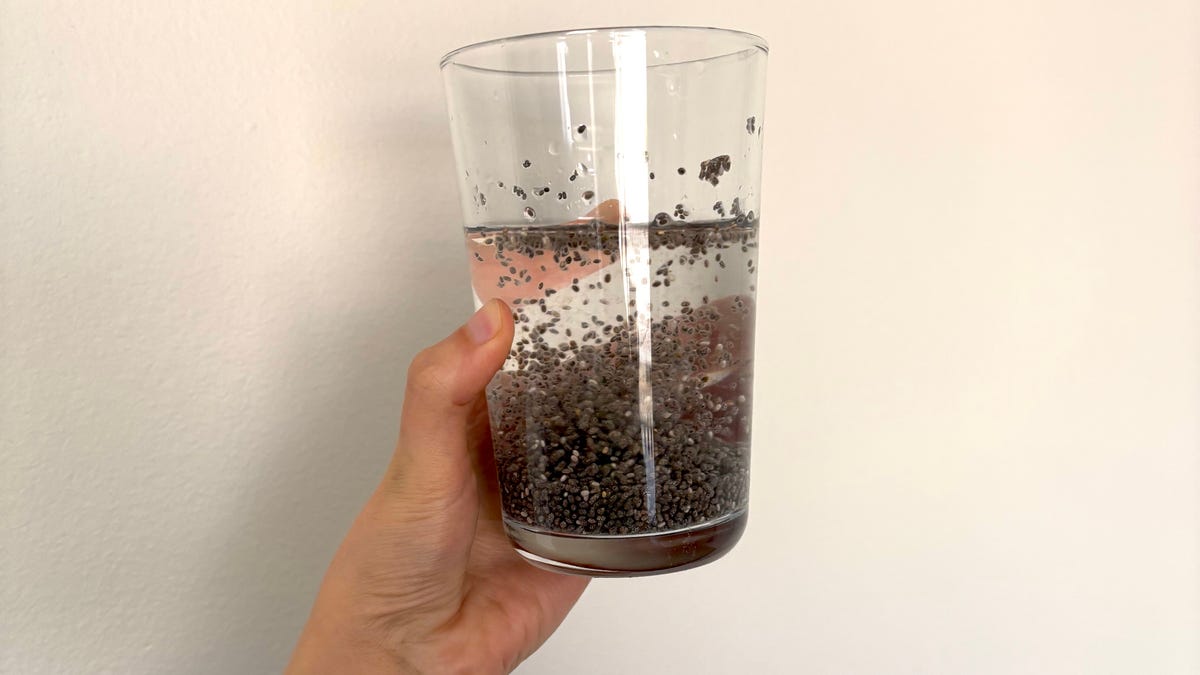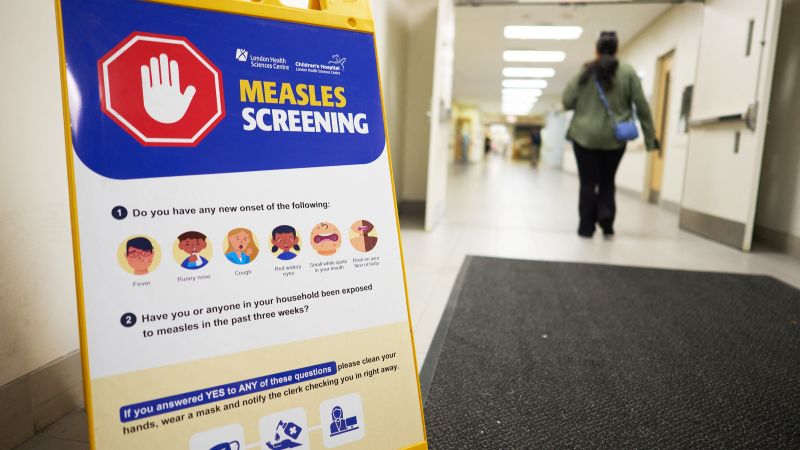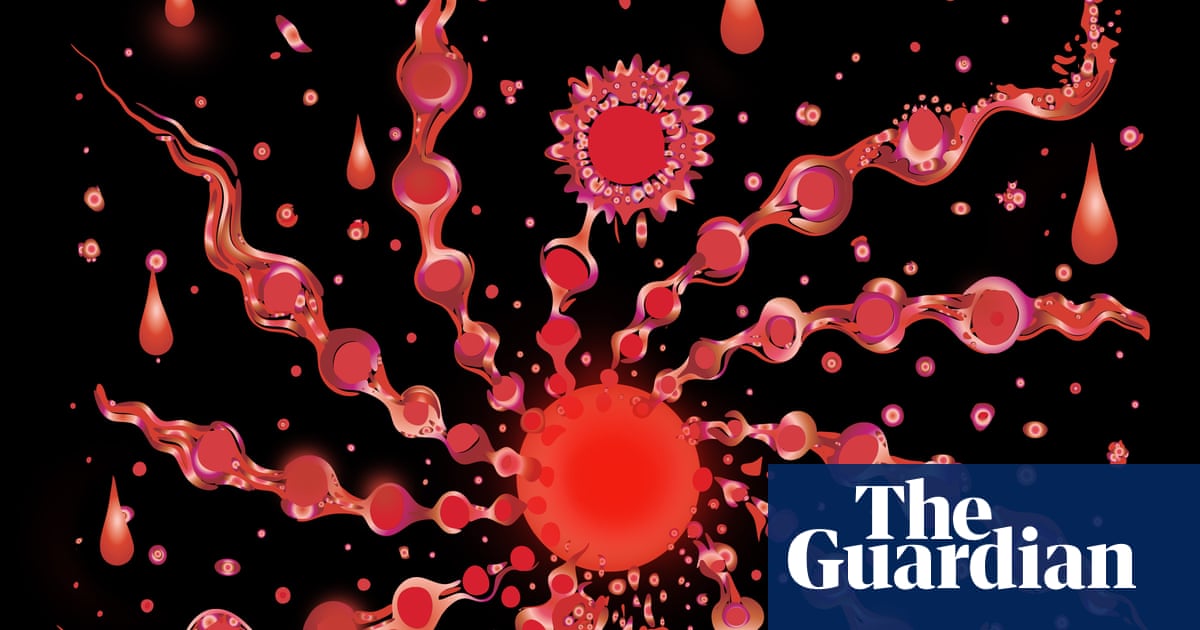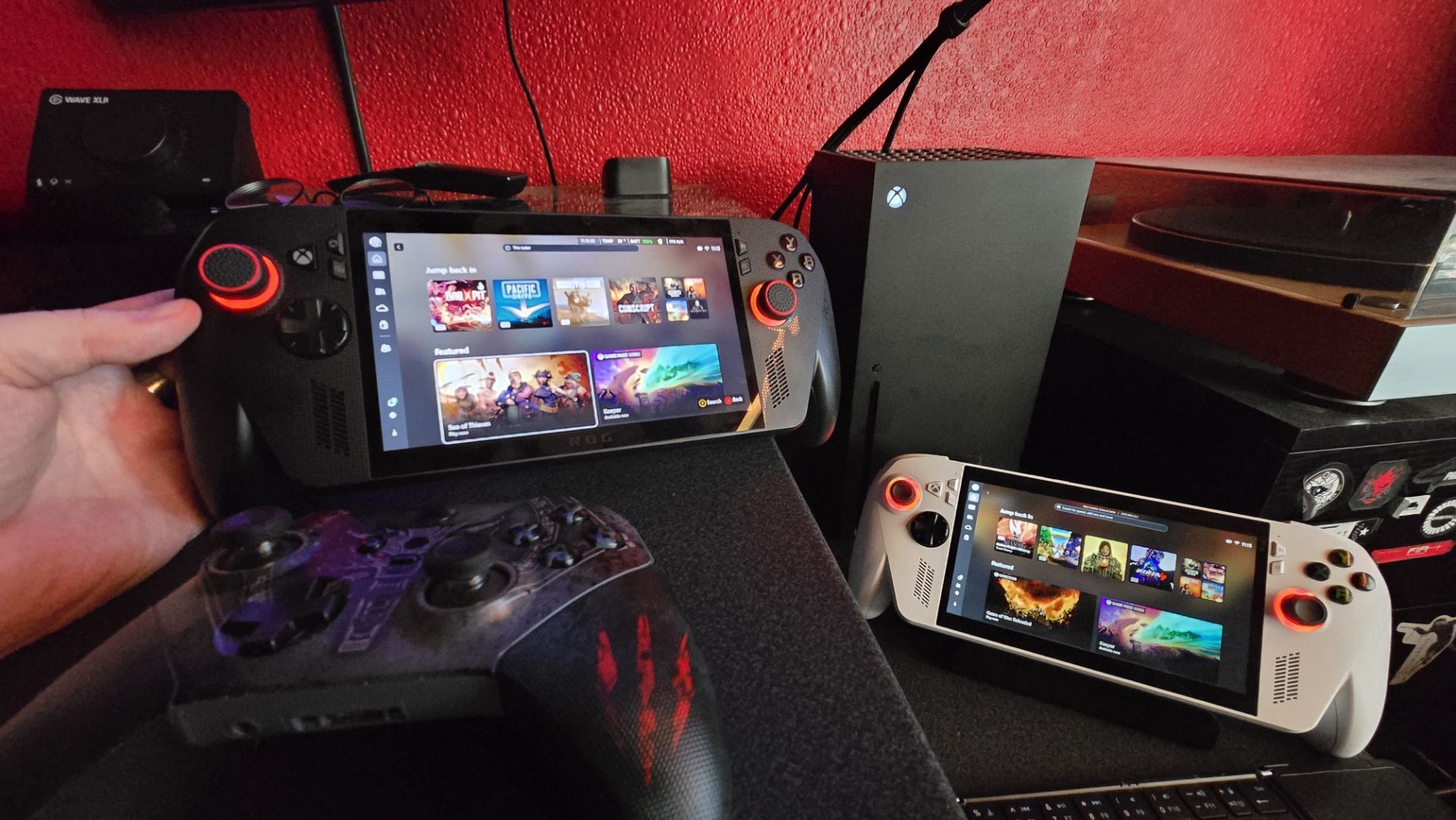Somewhere in the US a woman on her period pulled out her dripping, saturated tampon. But instead of wrapping it in toilet paper and tossing it into a bin, she put the tampon in a special plastic sample container, screwed the lid on tight and mailed it to an address in Oakland, California.
The address was that of NextGen Jane (NGJ), a Bay Area-based startup founded in 2014. And now Julia Carr, NGJ’s clinical research coordinator, stands in the company’s lab under a fume hood happily decanting a mixture of the woman’s blood and a preservation solution into a test tube. She will go on to pipette out small amounts to freeze and store for later analysis. NGJ has obtained about 2,500 menstrual blood samples this way – from women volunteering to send in their used tampons – for its research. That Carr is dealing with their period blood does not gross her out in the slightest. “This is a beautiful project for women’s science, and we are exploring a novel sample type,” she says.
NGJ is one of a handful of small, mostly women-led “femtech” startups that, alongside a few academic research teams, are in a race to develop blood tests using menstrual effluent collected noninvasively at home. Usually, we use urine, saliva and, of course, blood drawn from our veins to test for a range of medical conditions. The FDA-approved Cologuard test allows people to collect their own feces and send them off for screening for colon and rectal cancer. These groups ask: why not also a fluid that half the world’s population produces monthly for a long stretch of their lives?
The big emphasis is on diagnosing gynaecological and reproductive health conditions for people who send in their period blood for analysis. But that blood could also be used to help track hormones, screen for cancers, monitor diseases such as diabetes and boost stem cell research. If Theranos became shorthand for Silicon Valley junk science, its proponents put menstrual-blood testing at the other end of the spectrum: an underexplored sample source whose clinical potential is only now being examined with scientific care.
“It is an obvious biological specimen that has been totally neglected,” says Christine Metz, who co-leads the Research Outsmarts Endometriosis (Rose) project out of the Feinstein Institutes for Medical Research at Northwell Health. “It is considered waste but in fact it’s a real treasure.”
No one had given much thought to analyzing menstrual effluent – which contains a mix of tissue from the lining of the uterus (the endometrium) as well as circulating blood and vaginal fluid – for the purpose of medical testing until the mid-2010s, when the Rose project and companies such as NGJ arrived on the scene. (“You matter PERIOD,” reads a tag in one of the stalls of NGJ’s arty, graffiti-decorated bathroom.) What little work that had been done to test period blood prior was mostly concerned with distinguishing menstrual from circulating blood, for police forensic purposes.
That it was overlooked for so long is not exactly surprising to those in the field. Women – their bodies, their health concerns – have been understudied due to a combination of historical exclusion from clinical research, persistent gender bias and societal stigma around menstruation and reproductive health. Much to do with women’s health research is woefully underfunded.
An “ick” factor has slowed research with menstrual blood specifically, according to Renate van der Molen, an immunologist at Radboud University medical center in the Netherlands who uses the fluid to study various gynecological conditions. “It is thought of as dirty, a bit stinky and useless … People hesitate to give a sample,” she says.
Yet tapping menstrual blood makes sense, she says. Not only is it noninvasive and easy to obtain but, most importantly, it is unique in that it contains cells and molecules that reflect the state of a uterus. It can deliver messages to doctors that other bodily fluids may not. It is just “so different” to blood drawn from a vein, says van der Molen.
All told, the startups and research groups see huge potential, even if it is early days. And one of the holy grails the field is hotly pursuing is endometriosis.
Diagnosing endometriosis
Having an easy test for diagnosing endometriosis would be a breakthrough, says Abigail Trotter, a 23-year-old living with endometriosis from Pennsylvania. That’s why she sent her period blood to NGJ.
Endometriosis – in which tissue similar to the uterus’s endometrial lining grows outside the uterus in spots known as lesions, causing severe pelvic pain and heavy bleeding, and making it harder to get pregnant – is a debilitating disease. It is estimated to afflict more than 10% of women of reproductive age. Not only is there no cure and limited treatment options, but confirming a diagnosis can be a nightmare: the only way to do it is via laparoscopic surgery, typically performed under general anesthesia. Because endometriosis presents differently in different people and its symptoms resemble those of other conditions, it can take years to even get to the surgical diagnostic stage.
Trotter was surgically diagnosed with endometriosis late last year, after nearly a decade of pelvic pain and period problems. “All the years you go without it being diagnosed it is spreading, wreaking havoc on your inner parts,” she says. The surgery itself resulted in an under-the-skin infection that laid her so low she missed six weeks of work at the veterinary clinic where she is employed as a technician. (She recently underwent further surgery to remove her lesions robotically and is recovering well.) “A surgical procedure just to have it diagnosed … [That] really does need change,” she says.
Trotter came across NGJ’s work while recuperating from her diagnostic surgery and got in touch to receive a collection kit. She wanted to help other women avoid what she went through.
Developing a noninvasive, at-home test for endometriosis became NGJ’s main focus in 2021, though the company had been asking menstruators to mail in their used tampons for much longer.
After receiving enough samples, the company started hunting for molecular signals of gynaecological conditions by analyzing DNA, RNA and proteins. Particularly strong differences in messenger RNA, the molecule that tells cells which proteins to make and when, between women with and without endometriosis stood out.
“We leaned in,” says co-founder and CEO Ridhi Tariyal, noting that the company has fine-tuned its collection kit and is now confirming the approach works. (She remained tight-lipped about which exact biomarkers NGJ is focused on.) Tariyal adds that NGJ’s trove of stored samples provides it with a “jumping-off point” to explore other molecular signals for different gynaecological conditions in the future.
Other players such as the Rose project are trying to develop a test for endometriosis using a predominately cellular rather than molecular approach, looking for abnormalities in the whole live cells in the period blood of people with the disease. There are differences in the quantity and shape of certain cells in women who have endometriosis versus women who don’t, explain Metz and her co-lead Peter Gregersen. “From that combination we can develop a diagnostic,” says Metz.
Rather than tampons, the Rose project collects samples with menstrual cups, so it can get the whole live cells. (Indeed, the perception that period blood is just dead material is wrong.)
So does Katherine Burns, an associate professor of environmental and public health sciences at the University of Cincinnati, who is also working on a test for endometriosis based on a different set of cellular abnormalities, and who herself lives with endometriosis.
Yet menstrual cup collection, as it stands, could be a barrier. The cups can be messy, prone to spills and difficult to insert and remove, particularly for someone who has pelvic pain or has not had their period long (endometriosis starts in the teenage years, and the earlier the condition can be diagnosed the better). Developing a more comfortable and less spillable cup is a goal, say Metz and Gregersen.
Beyond endometriosis, proponents point to several gynaecological conditions that menstrual blood could help diagnose – including other disorders of the endometrium such as adenomyosis and chronic endometritis, as well as fibroids, polycystic ovary syndrome, and ovarian and endometrial cancers. Many of these conditions also go undetected for years and, in some cases, can only be confirmed through invasive procedures such as an endometrial biopsy.
Ultimately whichever method proves to be best at detecting endometriosis and when it might become available to buy remains to be seen. All require further studies, including in teens, and none are yet seeking regulatory approval. (While full FDA approval is the gold standard, there is a less tightly regulated but still legitimate pathway that allows companies to bring tests to market more quickly.)
Nonetheless, the good news for those with endometriosis, Burns notes, is that there are multiple irons in the fire. “We are all working towards the same goal to help diagnose endometriosis without surgery,” she says. “Do I hope and wish and pray that any of them are correct? You bet.”
Making testing a reality
Beyond endometriosis, some startups and research groups are experimenting with a grab bag of other conditions and period blood collection techniques.
German startup Theblood, founded in 2022, is exploring how to use period blood collected via a menstrual cup to provide women with health status reports. It envisages an at-home test for hormone levels related to fertility, cycle health and perimenopause, typically done via a standard blood draw. It is also looking at inflammation markers with the aim of identifying patterns that might point toward chronic conditions earlier, and has studied using menstrual blood to monitor vitamin levels.
In May, researchers at ETH Zürich in Switzerland unveiled a prototype menstrual pad with a nonelectronic sensor that changes color in the presence of certain proteins in menstrual blood that could indicate disease, including potentially cancer.
Then there is Qvin, another ambitious Bay Area-based startup also founded in 2014, which may be farthest ahead in the race to make menstrual blood testing a reality.
Last year, the company became the first to receive FDA approval for a special menstrual pad and test for women already diagnosed with diabetes to track blood sugar levels – an A1C test but using period blood rather than blood from a vein. The pad has a special collection strip where a small amount of blood pools and dries before it is mailed in to Qvin for analysis.
However, Qvin has stopped offering the test directly on its website for the time being and pivoted to include a different market: governments and health organizations, particularly in the global south, seeking inexpensive and more convenient ways of detecting diseases for the millions of women they serve.
“[Using period blood is] the most overlooked opportunity in women’s health,” says co-CEO Sara Naseri. “We can make it easy for women to get information about what’s going on in their body, and get it early.”
But only if Qvin’s pads are able to test a menstrual blood sample for more conditions than diabetes. It is selling its pad system to research institutions and large healthcare companies to encourage the development of more tests, including for endometriosis, and looking into getting additional FDA approvals of its own, like a test for high-risk human papillomavirus (HR-HPV), which is linked to cervical cancer and currently screened for with a Pap smear, and another for various sexually transmitted infections (STIs). Indeed, it has already secured approval in Thailand for the former. A big advantage of the pad over tampons or cups is it is the most widely used menstrual product worldwide, says Naseri.
Kate Clancy is a biological anthropologist at the University of Illinois at Urbana-Champaign, where she is using period blood to study endometriosis lesions, as well as author of the book Period, which investigates the overlooked science of menstruation. She has watched with interest as the field unfolds. Some of what she sees, she likes – including using period blood to test for endometriosis. “Conditions that actually affect the uterus I absolutely see a use case; it totally makes sense,” she says.
But she is skeptical of menstrual blood testing where a standard blood test already exists, such as A1C for diabetes or hormone testing to assess reproductive health. “Why wait until a person menstruates?” she says, adding that if an argument for the menstrual blood tests is that they increase women’s access to healthcare, the real answer lies in addressing the societal issues that limit access.
She also raises a broader concern: while diagnostic tests provide clear answers, definitively confirming or ruling out conditions, a wave of new menstrual blood-based screening tests – which might, for instance, flag signs of cancer or STIs in healthy populations – could end up being burdensome, adding extra steps to confirm results and potentially needless anxiety.
And she urges caution around menstrual blood tests marketed more for health and wellness rather than medical purposes. Because they are not making medical claims, they are often less regulated and may sell insights about hormone balance or vitamin levels that have not been clinically validated.
“We are a ways from good translational work,” Clancy says.
A potential stem cell source
There is a “medical miracle” that happens once a month in women’s bodies, when the endometrial lining that is shed during menstruation regenerates, thickening explosively as new blood vessels sprout from existing ones, says Thomas Ichim, a scientist and biotech entrepreneur who co-authored a 2007 paper on the discovery of stem cells in menstrual blood. It is stem cells in the endometrium – some of which slough off into period blood – that drive that process. “It’s logical to think that you can use those cells to stimulate blood vessel production in somebody else,” Ichim says.
In other words, menstrual fluid does not just have diagnostic and screening potential.
The big promise of stem cells is that one day they will be used by doctors to regenerate damaged tissue. (To date, virtually all stem cell-based therapies are experimental.) And when they were first discovered in menstrual blood, a flurry of research began exploring applications for treating gynaecological disorders, among other diseases.
Theoretically, menstrual blood could be a plentiful source of stem cells: donors could give by menstrual cup instead of undergoing an invasive biopsy to harvest them from bone marrow, as is practice now.
But little of the initial increase in research ever advanced; according to one recent estimate, just 0.25% of the adult stem cell research in recent years has involved menstrual blood-derived stem cells. Without a solid understanding of their basic utility, these stem cells are likely decades away from yielding therapies, says Brendan Harley, a tissue engineer also at the University of Illinois at Urbana-Champaign (he and Clancy are married).
“Menstrual effluent is an intriguing stem cell source … but we are not far enough along to really say more than that,” he says.
Fundamental work, he believes, is being held back in the US by the lack of funding and that ick factor– that anything related to menstrual blood is seen as dirty. “I think it has permeated folk’s thinking about using it for regenerative medicine,” Harley says.
In 2004, researcher Caroline Gargett published her discovery of stem cells in the human endometrium, setting the scene for their later discovery in menstrual blood. These days Gargett, who works at the Hudson Institute of Medical Research in Australia, uses stem cells from the endometrium in her own work: helping treat pelvic organ prolapse. She says they have greater regenerative potential and longer lived effects than those in menstrual blood, though getting them requires invasive endometrial biopsy. “A lot of people have just gone, ‘well let’s try,’ with stem cells in period blood, without really understanding” the intricacies, she says. (For instance, menstrual blood contains a mixture of true stem cells and stem cell-like cells, making it more challenging to isolate a pure, reliable sample.)
Yet she envisions an alternative use for menstrual blood. She would like to grow tiny, personalized models of the uterine lining for women with endometriosis, so-called “organoids”, from the fragments of endometrial tissue in their period blood. Each woman’s “miniorgan” would be stored in a ‘menstrual fluid biobank’ and used to test how they respond to different drugs.
“Blokes cringe if you talk about it in the pub,” Gargett says. “[But] menstrual fluid has so much potential.”
Funding remains the biggest hurdle for period blood testing, say those in the field. While NGJ and Qvin, the Bay Area companies, have bagged roughly $20m in funding each since their inception over a decade ago, it is a small sum compared with vast amounts of cash sloshing around in Silicon Valley. The Rose project has no funding in place for the work of developing a better menstrual cup. Burns has had to pause development on her test for endometriosis because it is unfunded. Gargett has not yet secured funding for her biobank, though she continues to try.
In a spot of good news, the Massachusetts Institute of Technology (MIT) launched a $10m menstruation science initiative earlier this year. “This is frontier science,” says Linda Griffith, director of MIT’s center for gynaepathology research and the initiative’s leader.
Meanwhile, NGJ wants to keep the flow of blood incoming: as the startup’s CEO Tariyal, not one to miss an opportunity, says: “If you’re thinking about how you can contribute, give us your tampon.”
First Appeared on
Source link












